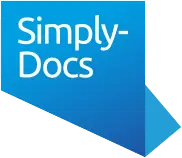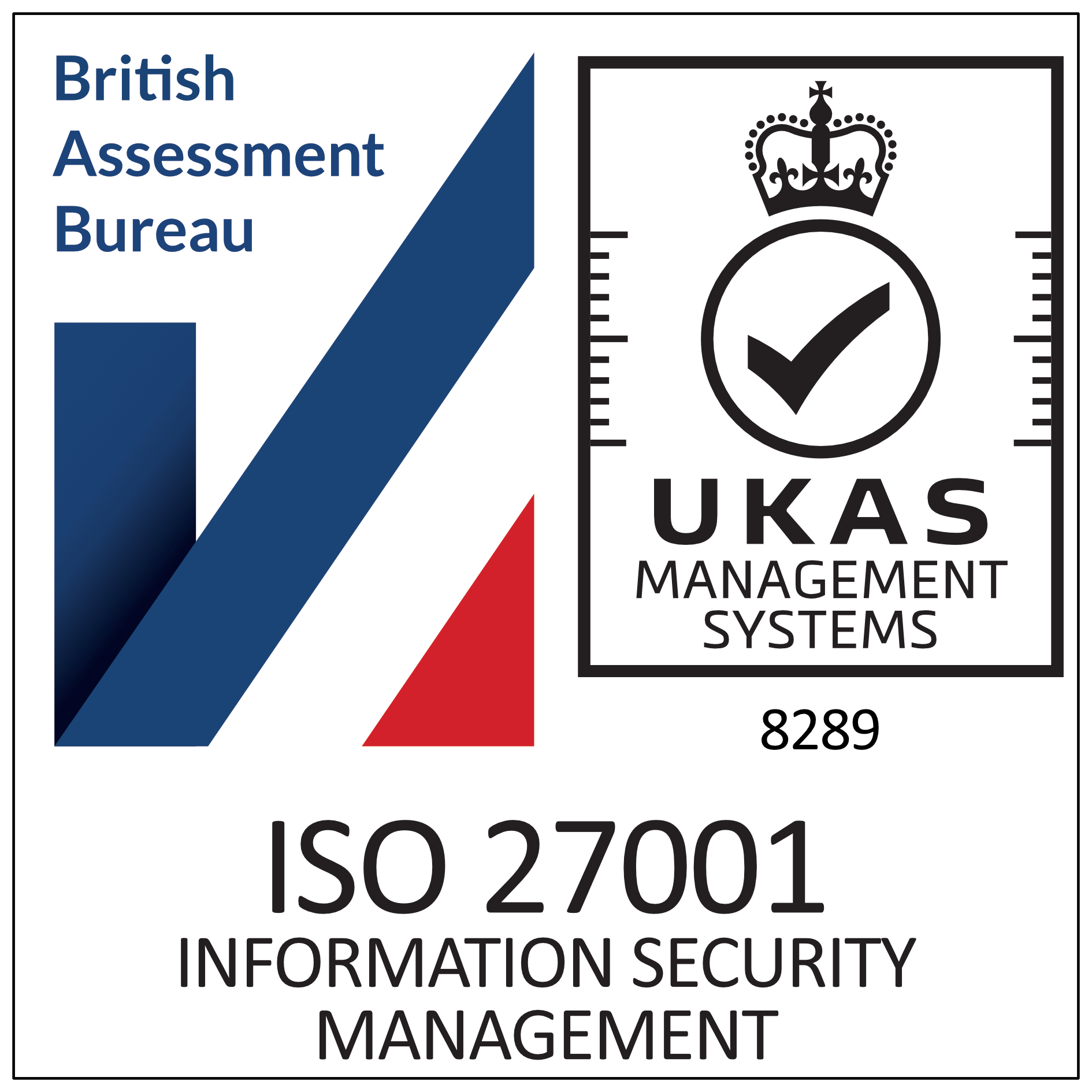How To Use a Tenancy Agreement Template
 Using a professionally written tenancy agreement template is a reliable way to create a legally binding contract between a landlord and a tenant. This guide explains how to choose the right document, complete it accurately, and meet legal requirements for rental properties in England.
Using a professionally written tenancy agreement template is a reliable way to create a legally binding contract between a landlord and a tenant. This guide explains how to choose the right document, complete it accurately, and meet legal requirements for rental properties in England.
Who Should Use a Tenancy Agreement Template?
These templates are designed for landlords, letting agents, and property managers who want to create legally compliant tenancy agreements in a structured and efficient way. Whether you are letting a single property or managing a portfolio, a clear and properly drafted agreement protects both landlord and tenant by setting out rights and responsibilities.
What Type of Tenancy Do You Need?
Before selecting a template, make sure you’re clear on the type of tenancy you’re creating. Different arrangements are governed by different rules under English law. Note, there are separate rules governing tenancies in Wales- please see Renting Homes Wales.
The type of agreement you use will depend on how the property is let, who is living there, and whether the arrangement qualifies for statutory protections.
Assured Shorthold Tenancies are the most common type of tenancy for private residential lettings in England. They are used when the tenant occupies the property as their only or main home and where the annual rent is below £100,000. AST’s are governed by the Housing Act 1988.
Contractual Tenancies are used where an arrangement falls outside the scope of an AST, for example where the rent exceeds £100,00 per year, or the tenant does not live in the property as their main home.
Company Let Tenancy Agreements are used where the property is being let to a company rather than an individual. This type of agreement is not governed by the Housing Act 1988.
HMO’s and Licencing Agreements are for use where a property is being rented to three or more unrelated tenants who share facilities such as kitchens or bathrooms. HMO’s are regulated under the Housing Act 2004, and landlord must comply with additional management and safety standards. HMO’s may also require additional licencing from the local authority.
Room Licences can be used where a lodger shares facilities with the landlord and does not have exclusive possession of any part of the property.
Choose the template that fits your type of tenancy and rental arrangement.
How Do You Customise the Tenancy Agreement Template?
Once you’ve selected the appropriate tenancy agreement template, the next step is to tailor it to reflect your specific letting arrangement. This is essential to ensure the agreement is clear, complete, and legally accurate.
Complete the Key Details
Carefully review each section of the template and enter all relevant information, including:
- The full names of the landlord and tenant
- The address of the rental property
- The agreed rent amount and payment frequency
- The amount of any tenancy deposit and how it will be protected
- Any special conditions or additional clauses
Ensure all information is accurate and unambiguous. Avoid vague language and double-check for consistency throughout the document.
Confirm the Inclusion of Essential Legal Terms
Your agreement should clearly cover all the fundamental legal terms required for a valid tenancy in England. This includes:
- Rent payment details – including dates, methods, and any grace periods
- Deposit protection
- Landlord and tenant responsibilities – especially regarding repairs and maintenance
- Notice periods
- Restrictions or rules – such as pet policies, smoking, or subletting
These elements are vital to protect both parties and help avoid misunderstandings or disputes during the tenancy.
Once you have customised the template and ensured its compliance with current regulations, carefully review the final draft. Ensure that both parties thoroughly understand the terms and conditions before signing. Sign and date the agreement, and provide copies to all parties involved, including the landlord, tenant, and any witnesses.
Remember, using a template is a helpful starting point, but it's important to tailor the agreement to your specific circumstances and ensure compliance with current regulations. If you have any uncertainties or specific concerns regarding the agreement, it's advisable to consult with a legal professional who can provide guidance and ensure compliance. They can review the template and provide any necessary modifications or additional clauses to protect your interests.


